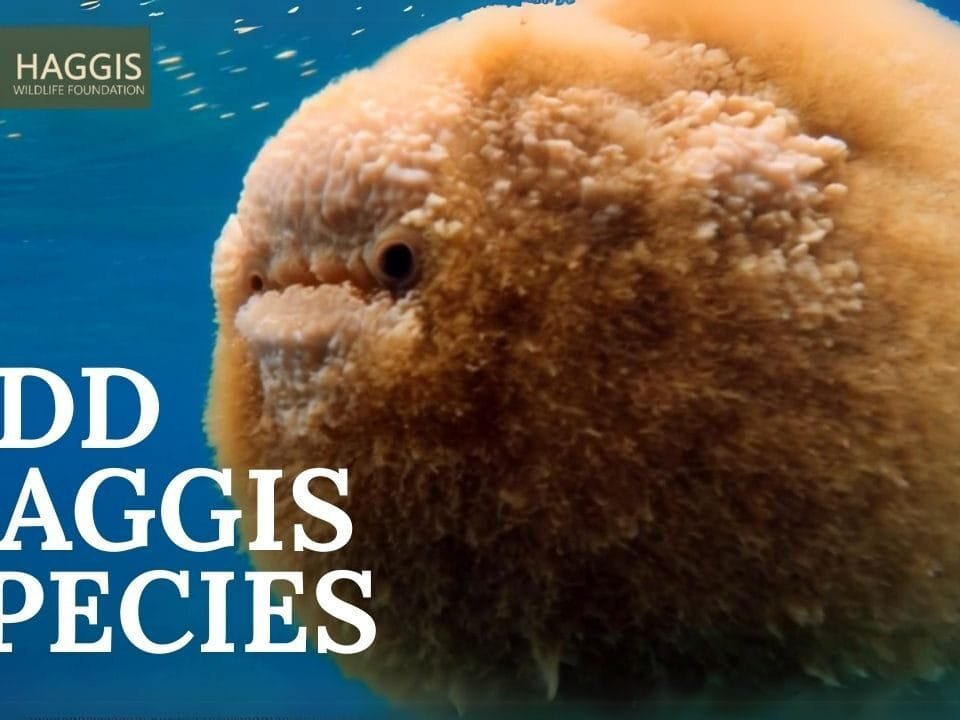A Creature of Lore and Heritage
The Scottish wild haggis animals holds a special place in Scottish folklore.They are creatures of both laughter and legacy. Over time, it has become a playful emblem of the Highlands, frequently appearing in stories and local jokes. While descriptions differ, most portray it as a small, furry animal with an unusual body—its legs on one side shorter than the other. Allegedly, this helps it sprint around steep Highland slopes without toppling over.
This peculiar design has inspired the idea of “clockwise” and “counter-clockwise” varieties. As a result, people share countless jokes and tall tales. Locals love telling these stories to visitors, blending humor with deep-rooted tradition. Even so, the lore carries a serious message: cultural identity matters, and storytelling helps preserve it.
More Than a Meal: A Cultural Symbol
Importantly, the wild haggis has evolved beyond myth. It now symbolizes Scotland’s most iconic dish—haggis. This savory meal represents much more than flavor. It embodies resilience, cultural pride, and collective celebration, especially during Burns Night festivities.
For many Scots and descendants worldwide, haggis is far more than food. The wild haggis itself has become a powerful symbol of freedom and the untamed spirit of Scotland’s wild beauty. Therefore, honoring the creature honors something greater: a national character shaped by landscape, humor, and history.
Folklore Species and Regional Differences
Interestingly, Scottish folklore doesn’t stop at one type of haggis. Stories describe multiple species, each suited to specific regions. From the mossy slopes of Sutherland to the mist-veiled glens of Argyll, these animals reportedly differ in color, size, and behavior.
For example, some are believed to be active based on moon phases. Others, more romantically, are said to mate only during Hogmanay. These richly layered tales may not be literal, but they add depth to Scotland’s oral traditions. As a result, they root the haggis firmly in the cultural imagination.
The Haggis in Literature and Song
Literature has played a crucial role in keeping the legend alive. Although Robert Burns never described the animal itself, his reverence for the dish immortalized it in verse. His poem Address to a Haggis made the creature an emblem of national pride.
Subsequently, generations of storytellers, musicians, and poets expanded the tale. Folk songs, regional ballads, and modern adaptations continue to bridge Scotland’s past with its present. Thus, the wild haggis remains more than a myth—it’s a living cultural thread.
Habitats and Quirks of the Wild Haggis
Life in the Highlands
Even if it’s mythical, the wild haggis’s reported habitat reflects the real Scottish landscape. The Highlands, known for dramatic peaks and shifting weather, are its supposed home. In this rugged environment, haggis are said to thrive.
Thanks to their mismatched legs, they can move in circles without falling. While humorous, the idea fits the topography. Their thick, woolly coats, according to tales, protect them from bitter winds and rain. As a result, they’re perfectly “designed” for the Highlands.
Forest Dwellers
Besides mountains, wild haggis are also linked to deep forests. In woodlands filled with Scots pine, birch, and rowan, they allegedly forage for roots, fungi, and shoots. These forests offer shelter from predators and harsh weather.
Above the canopy, another mythical creature lurks—the “skrieking hawk.” According to stories, this bird of prey hunts haggis from the skies. Thus, the forest floor becomes a place of both danger and refuge.
City Sightings
Although unconfirmed, newer tales suggest haggis might be adapting to human environments. In towns and suburbs, some believe they skulk through gardens and hedge rows in the twilight hours.
They seem to have changed behavior slightly—being more cautious and avoiding people. Surprisingly, some even say these city haggis have developed a liking for discarded oatcakes and turnips. These rumors add humor and modern relevance to the legend.
Coastal Adaptations
Another rare, but intriguing claim describes coastal haggis. These are believed to dwell in the salt marshes and dunes of western Scotland. Here, they deal with shifting sands, strong winds, and salty air.
Their coats, according to folklore, are shorter and more water-repellent. Their diet includes seaweed and lichen. These adaptations, whether imagined or not, make the creature feel plausible within its invented world.
The Haggis Wildlife Foundation: Guardians of Lore
The Haggis Wildlife Foundation plays a vital role in keeping the wild haggis legend alive. This organization documents sightings, preserves stories, and supports creative research into the haggis’s supposed world. Their work brings together communities, academics, and curious travelers alike.
By treating the folklore with both humor and respect, the foundation encourages cultural appreciation. More importantly, it reminds us that even playful myths can reflect real values—like pride in one’s heritage and stewardship of the natural world. In this way, the wild haggis inhabits more than remote hills; it lives in the stories and identity of the Scottish people.
A Look at the Documentary
Capturing the Landscape
The foundation’s documentary’s offers a compelling journey into the wild haggis’s world. It combines beautiful cinematography with thoughtful storytelling. As the seasons shift, the film captures Scotland’s majestic scenery—misty glens, blooming heather, and distant mountains.
This imagery sets the stage for understanding the haggis myth in context. Viewers feel immersed in the environments that inspired the legend.
Conclusion: Where Story and Land Intertwine
The wild haggis, whether real or imagined, reveals the power of storytelling. It connects generations through humor, tradition, and landscape. The Haggis Wildlife Foundation ensures this legacy thrives. They show us that folklore isn’t just for amusement—it’s a vital part of cultural heritage.
By preserving haggis stories, Scotland safeguards something larger: a sense of freedom, belonging, and wonder. Whether hidden in hills or spoken in tales, the wild haggis invites us to laugh, explore, and remember.






